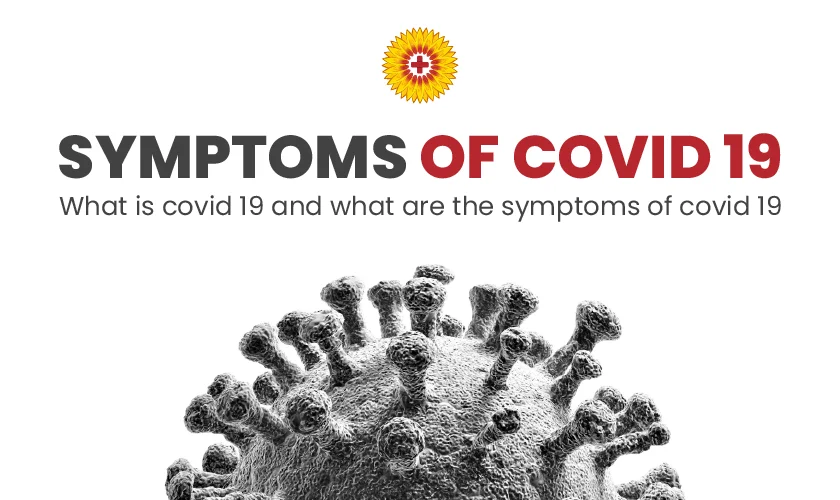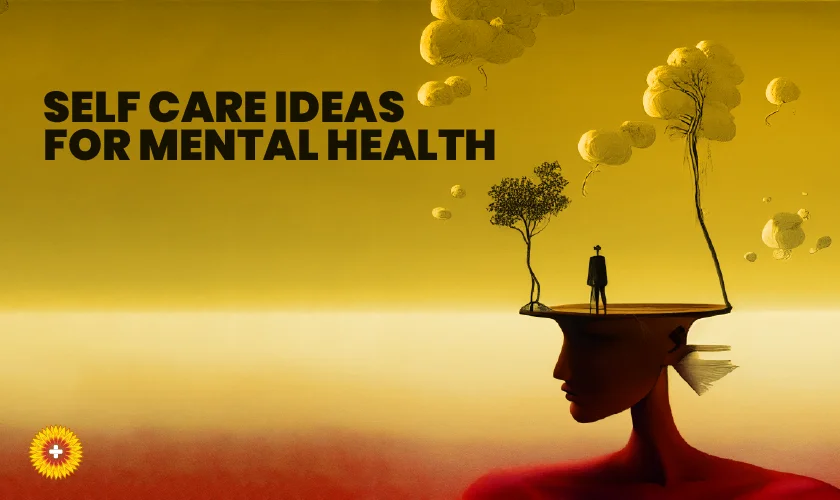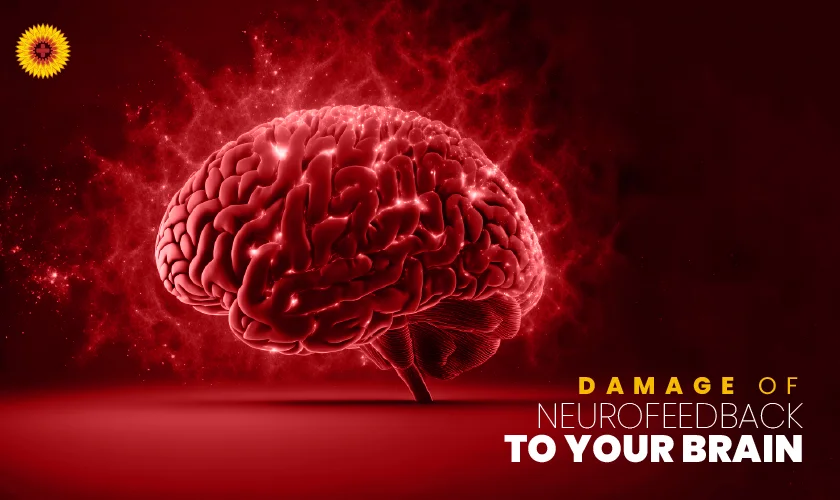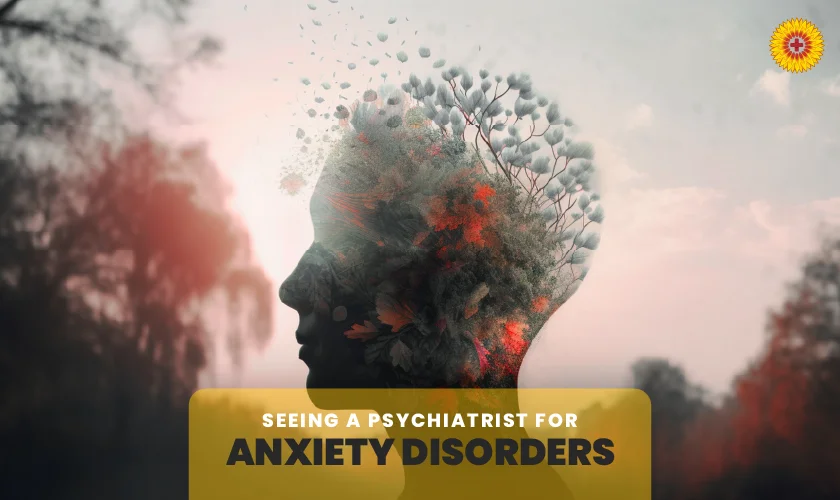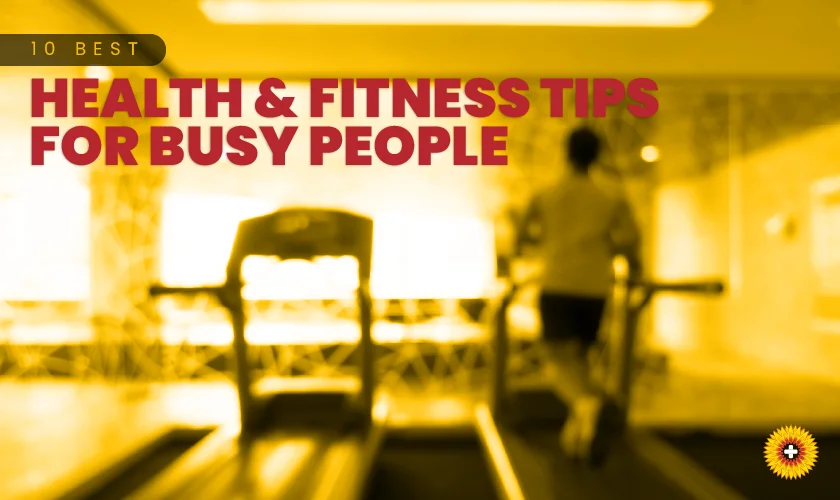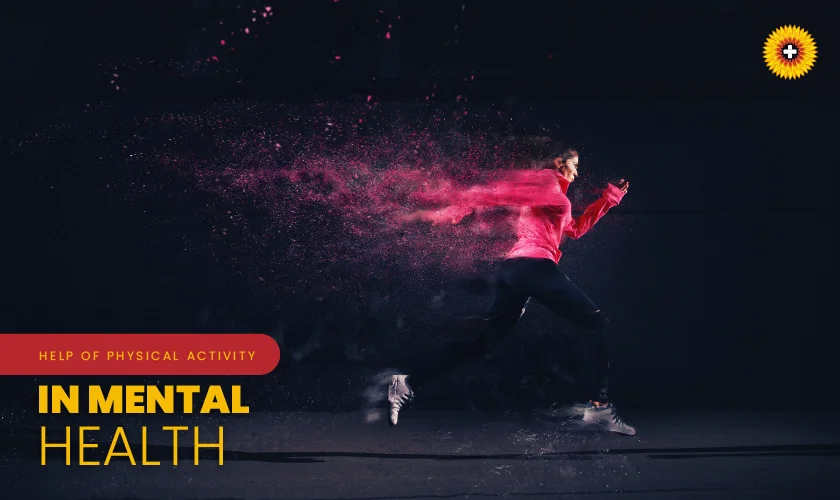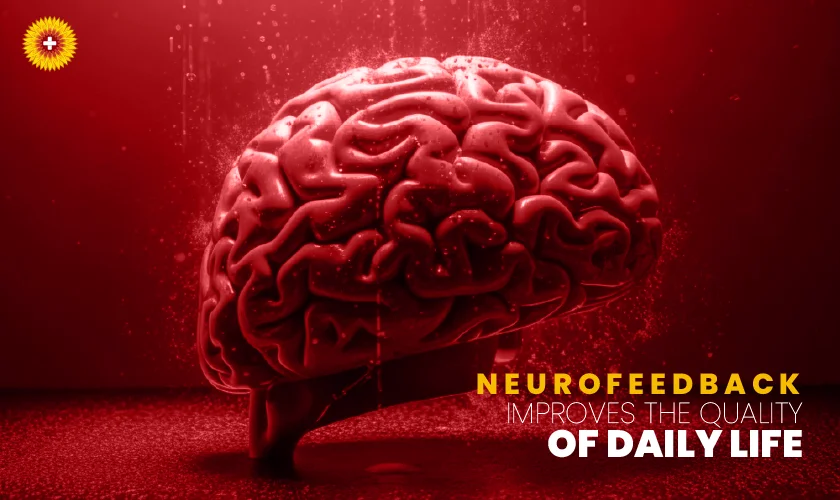
How Neuro feedback Improves the Quality of Daily Life – Urgent Care of Kansas
Many people grapple with mental health issues that affect their daily lives.
Conditions such as depression, anxiety, and sensory processing disorder can affect your quality of life.
Traditional treatments like therapy and medication have proven effective. Neurofeedback therapy serves as an alternative and can be used as a complementary therapy to help people.
Neurofeedback therapy uses innovative technology to train and improve brain function — leading to remarkable improvements in your daily life.
Let’s explore the details of neurofeedback, its working mechanism, the training process, and the wide-ranging benefits it can provide you.
Table of Content
- Neurofeedback Therapy
- How Does Neurofeedback Work?
- Neurofeedback Training
- Benefits of Neurofeedback Therapy
- Who is Neurofeedback Appropriate For?
- Conclusion
Neurofeedback Therapy
Neurofeedback therapy is a safe approach that helps people to self-regulate their brainwave activity.
It involves measuring brainwave patterns using an EEG and providing real-time feedback to the person.
By observing their brain activity in real time, people can learn to adjust and change their brainwave patterns — this way they can achieve a balanced state.
How Does Neurofeedback Work?
Neurofeedback therapy operates on the principle of neuroplasticity, — which refers to the brain’s ability to reorganize and adapt itself throughout a person’s life.
The brain is highly adaptable and can form new connections and pathways in response to experiences and learning.
Neurofeedback taps into this natural ability by providing the brain with feedback on its own activity and allowing it to make self-adjustments.
Neurofeedback Training
Before commencing the training, a thorough assessment is performed to check the patient’s symptoms, brainwave patterns, and areas of focus.
This helps the therapist to create a neurofeedback training plan accordingly.
During the training sessions, people sit in a chair, and various electrodes are placed on their scalp and earlobes.
The therapist monitors the brainwave activity and adjusts the feedback settings.
As the person receives feedback, they engage in different activities like watching a movie or playing a video game.
This serves as a platform to practice self-regulation.
As the training progresses, the brain gradually learns to adopt better patterns – this results in positive changes in the person’s cognitive, emotional, and behavioral functioning.
The number of sessions needed varies depending on the person’s condition, response, and patience.
In twenty sessions of neurofeedback, the brain has about 72,000 chances to learn a newly desired pattern of operating.
Benefits of Neurofeedback Therapy
Let’s explore some neurofeedback benefits:
It reduces the symptoms related to depression: Neurofeedback therapy for depression has shown good results in reducing symptoms like sadness, hopelessness, and loss of interest in things. It can help with a positive mood.
It can help you regulate emotions: Many people find it hard to manage their emotions. Neurofeedback can help by improving self-regulation and emotional balance. With repeated neurofeedback sessions, you can control your emotional responses and this can further improve your relationships with people.
It helps with cognitive functioning: Neurofeedback helps improve cognitive abilities like attention, focus, and memory. It can improve mental clarity, concentration, and overall cognitive performance.
It supports sensory processing disorder: Neurofeedback therapy for sensory processing disorder has been found effective. By identifying the underlying dysregulation in the central nervous system, neurofeedback can help people with SPD better process and respond to sensory information, which leads to better sensory integration and reduced sensory sensitivities.
Who is Neurofeedback Appropriate For?
Neurofeedback can treat various conditions in people of all ages, including children and adults.
Some of the commonly treated diagnoses with neurofeedback include:
-
- Attention-deficit/ hyperactivity disorder (ADHD).
- Learning difficulties.
- Behavioral challenges.
- Autism spectrum disorder (ASD).
- Asperger’s syndrome.
- Developmental disorders.
- Sensory processing difficulties (SPD).
- Language impairments.
- Cognitive impairments.
- Difficulties with reading and writing.
- Anxiety disorders.
- Mood disorders.
- Impaired executive functioning.
- Substance dependency.
- Traumatic brain injury (TBI).
- Sleep disorders.
- Personality disorders.
- Bipolar disorder.
- Stroke
- Impaired writing abilities (dysgraphia).
- Academic struggles.
- Headaches and migraine headaches.
- Optimizing performance.
- Cognitive enhancement.
Conclusion
By training people to self-regulate their brainwave activity, neurofeedback provides an effective way to improve daily life.
With its benefits — from reducing symptoms of depression and enhancing emotional regulation to improving cognitive functioning and supporting individuals with sensory processing disorder, neurofeedback therapy has the potential to revolutionize mental health care.


